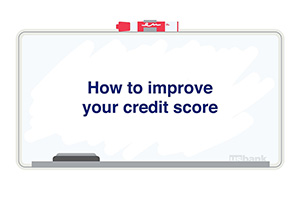
Putting home ownership within reach for a diverse workforce

How liquid asset secured financing helps with cash flow

Administrator accountability: 5 questions to evaluate outsourcing risks

Commercial real estate in 2020: Keeping up with the pace of change

Hybridization driving demand

What type of loan is right for your business?

High-yield bond issuance: 5 traits lawyers should look for in a service provider

Easier onboarding: What to look for in an administrator

Maximizing your infrastructure finance project with a full suite trustee and agent

Programme debt Q&A: U.S. issuers entering the European market

Luxembourg's thriving private debt market

Integrating regulated and unregulated debt investment vehicles

3 tips to maintain flexibility in supply chain management

Top 3 considerations when selecting an IPA partner

How to maximise your infrastructure finance project

Private equity and the full-service administrator

Insource or outsource? 10 considerations

Refining your search for an insurance custodian

4 questions you should ask about your custodian

Preparing for your custodian conversion

Service provider due diligence and selection best practices

Webinar: Cash management strategies for higher education

Tactical Treasury: Fraud prevention is a never-ending task

Webinar: Empower your AP automation with strategic intelligence

Evaluating interest rate risk creating risk management strategy

Authenticating cardholder data reduce e-commerce fraud

Webinar: AP automation—solve payment challenges with an invoice-to-pay solution

Webinar: CRE technology trends
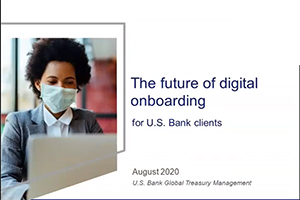
Webinar: The future of digital onboarding for U.S. Bank clients

Complying with changes in fund regulations

Business risk management for owners of small companies

Webinar: Approaching international payment strategies in today’s unpredictable markets.

Managing the rising costs of payment acceptance with service fees

Webinar: CSM corporation re-thinks AP

Webinar: A closer look at U.S. Bank AP Optimizer

Adjust collections to limit impact of USPS delivery changes

Increase working capital with Commercial Card Optimization

3 ways to adapt to the new payments landscape

Addressing financial uncertainty in international business

Webinar: AP automation for commercial real estate

How to accept credit card payments without transaction fees

The benefits of payment digitization: Pushing for simplicity

5 winning strategies for managing liquidity in volatile times

Artificial intelligence in finance: Defining the terms

The surprising truth about corporate cards

The future of financial leadership: More strategy, fewer spreadsheets

Choosing your M&A escrow partner

Employee benefit plan management: trustee vs. custodian

Why retail merchandise returns will be a differentiator in 2022

High-cost housing and down payment options in relocation

The client-focused mindset: Adapting to differing personality types

The client-focused mindset: How to network effectively

The client-focused mindset: What do clients expect?

Automated escheatment – learn how to prevent and resolve unclaimed property

Webinar: CRE Digital Transformation – Balancing Digitization with cybersecurity risk

Webinar: Reviving mobility, what to expect

Webinar: DEI tips for transforming your mobility program

For today's relocating home buyers, time and money are everything

10 tips on how to run a successful family business

Crypto + Relo: Mobility industry impacts

Empowering team members

How entrepreneurs can plan for what matters most

Streamline operations with all-in-one small business financial support

Business tips and advice for Black entrepreneurs

Opening a business on a budget during COVID-19

How to test new business ideas

How to establish your business credit score

How to get started creating your business plan

How to redefine challenges with business collaboration

8 ways to increase employee engagement

The role of ethics in the hiring process

How to hire employees: Employee referral vs. external hiring

Tips for building a successful customer loyalty program

Give a prepaid rewards card for employee recognition

Checklist: Increase lead generation with website optimization

How to reward employees and teams who perform well

5 steps for creating an employee recognition program

Gift cards can extend ROI into 2022

Omnichannel retail: 4 best practices for navigating the new normal

Is your restaurant Google-friendly?

3 simple brand awareness tips for your business

How a small business owner is making the workplace work for women

What you should know about licensing agreements

The growing importance of a strong corporate culture

Common small business banking questions, answered

3 signs it’s time for your business to switch banks

Business credit card 101

How to apply for a business credit card

What kind of credit card does my small business need?

Using merchant technology manage limited staffing

Meet your business credit card support team

Do I need a credit card for my small business?

Prioritizing payroll during the COVID-19 pandemic

How jumbo loans can help home buyers and your builder business

5 tips to help you land a small business loan

Break free from cash flow management constraints

How to establish your business credit score

Leverage credit wisely to plug business cash flow gaps

How to accept credit cards online

5 tips for managing your business cash flow

Improve online presence your business

How Shampoo’ed is transforming hair and inspiring entrepreneurs

The San Francisco bridal shop that’s been making memories for 30 years

How Al’s Breakfast is bringing people together

Celebrity Cake Studio’s two decades of growth and success

In a digital world, Liberty Puzzles embraces true connection

How a bar trivia company went digital during COVID-19

How a travel clothing retailer is staying true to its brand values

How community gave life to lifestyle boutique Les Sol

How a group fitness studio made the most of online workouts

How to build a content team

How Wenonah Canoe is making a boom in business last

How (and why) to get your business supplier diversity certification

Use this one simple email marketing tip to increase your reach

5 financial goals for the new year

Year-end financial checklist

How to manage your money: 6 steps to take

Should rising interest rates change your financial priorities?

Avoid these 6 common mistakes investors make

Good debt vs. bad debt: Know the difference

How to build credit as a student

6 pandemic money habits to keep for the long term

5 myths about emergency funds
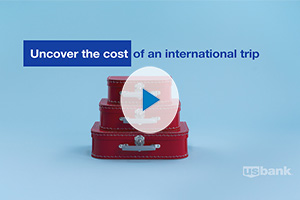
Webinar: Uncover the cost: International trip

How having savings gives you peace of mind

Allowance basics for parents and kids

What’s your financial IQ? Game-night edition

Tips to overcome three common savings hurdles

Helpful tips for safe and smart charitable giving

Things to know about the Servicemembers Civil Relief Act

How to choose the right rewards credit card for you

Common unexpected expenses and three ways to pay for them

5 reasons why couples may have separate bank accounts

5 tips to use your credit card wisely and steer clear of debt

30-day adulting challenge: Financial wellness tasks to complete in a month

Travel for less: Smart (not cheap) ways to spend less on your next trip

Real world advice: How parents are teaching their kids about money

How to stop living paycheck to paycheck post-pay increase

Practical money tips we've learned from our dads

How to cut mindless spending: real tips from real people

6 ways to spring clean your finances and save money year-round

How to increase your savings
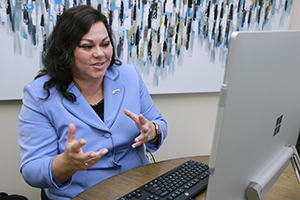
How to talk to your lender about debt

Which debt management technique is right for you?

Everything you need to know about consolidating debts

Consolidating debts: Pros and cons to keep in mind

5 tips to use your credit card wisely and steer clear of debt

How to use credit cards wisely for a vacation budget

5 steps to selecting your first credit card

What’s a subordination agreement, and why does it matter?

Know your debt-to-income ratio

How to use debt to build wealth

Understanding the true cost of borrowing: What is amortization, and why does it matter?

Your quick guide to loans and obtaining credit

How to use your unexpected windfall to reach financial goals

7 steps to keep your personal and business finances separate

Dear Money Mentor: How do I begin paying off credit card debt?

Money Moments: How to finance a home addition

Should you get a home equity loan or a home equity line of credit?

These small home improvement projects offer big returns on investment
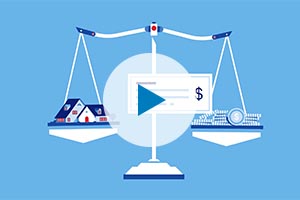
Webinar: Mortgage basics: How much house can you afford?
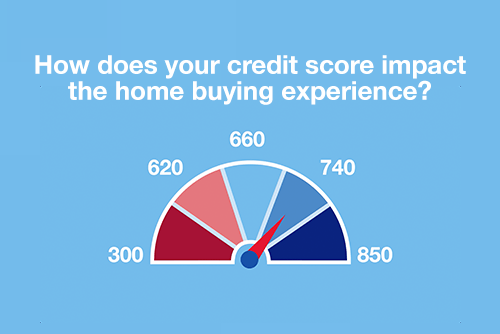
Webinar: Mortgage basics: How does your credit score impact the homebuying experience?

Is a home equity line of credit (HELOC) right for you?

Can you take advantage of the dead equity in your home?

How to use your home equity to finance home improvements

4 questions to ask before you buy an investment property

What applying for store credit card on impulse could mean

10 uses for a home equity loan

How to spot a credit repair scam

Improving your credit score: Truth and myths revealed

Test your loan savvy

Credit: Do you understand it?

How to build and maintain a solid credit history and score

Should you give your child a college credit card?

Myth vs. truth: What affects your credit score?

Decoding credit: Understanding the 5 C’s

6 essential credit report terms to know

5 unique ways to take your credit card benefits further

What types of credit scores qualify for a mortgage?

What is a good credit score?

U.S. Bank asks: What do you know about credit?
